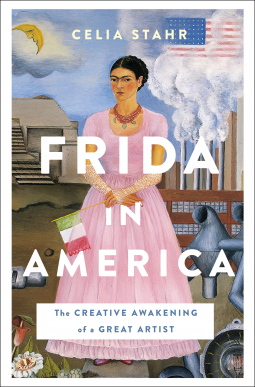Hopkins viewed everything through his faith, finding the divine in every tree and mountain.
Hopkins developed a personal and unique philosophy to explain the power of beauty in this world through the lens of faith. The draw of beauty was so powerful, he believed it might eclipse the divine. He would go weeks with his eyes fixated on the ground in self-denial.
Drawn by the traditions of the Catholic church he converted and he believed he was called to the priesthood.
Hopkins developed a personal and unique philosophy to explain the power of beauty in this world through the lens of faith. The draw of beauty was so powerful, he believed it might eclipse the divine. He would go weeks with his eyes fixated on the ground in self-denial.
Drawn by the traditions of the Catholic church he converted and he believed he was called to the priesthood.
It seems like the absolute wrong choice that Hopkins would become a Jesuit--in effect, an itinerant teacher. I can personally attest that no one can who has not lived it can fully comprehend the sacrifices of itinerary, to be removed from a place that feeds one and set in a place that kills one's soul.
A perfectionist, he the work of grading papers and teaching wore Hopkins out and allowed no personal time for his poetry or an internal life.
He responded to the beauty of Wales and the rural assignments but the cities with their poverty and ugliness were soul-destroying. He denied himself poetry but rhapsodized in his journals.
A perfectionist, he the work of grading papers and teaching wore Hopkins out and allowed no personal time for his poetry or an internal life.
He responded to the beauty of Wales and the rural assignments but the cities with their poverty and ugliness were soul-destroying. He denied himself poetry but rhapsodized in his journals.
Randall's book delves into the theologies that inspired Hopkins and shows how to interpret his poetry through the lens of his faith. I am not Catholic and I am not deeply familiar with Newman or Loyola but she presents them very well.
It is very interesting, but difficult to comprehend Hopkin's unique view of poetry. Cooper discusses the poems as vehicles for Hopkins's theology.
Hopkins suffered a faith crisis in his later life and died an early death.
I enjoyed the book but do not feel I could comprehend it in one reading. It is dense and deserves a deeper study.
I received a free ebook from the publisher through NetGalley. My review is fair and unbiased.
A Heart Lost in Wonder: The Life and Faith of Gerard Manley Hopkins
by Catharine Randall
Wm. B. Eerdmans Publishing Company
Pub Date 28 Jul 2020
ISBN: 9780802877703
paperback $22.00 (USD)
I enjoyed the book but do not feel I could comprehend it in one reading. It is dense and deserves a deeper study.
I received a free ebook from the publisher through NetGalley. My review is fair and unbiased.
A Heart Lost in Wonder: The Life and Faith of Gerard Manley Hopkins
by Catharine Randall
Wm. B. Eerdmans Publishing Company
Pub Date 28 Jul 2020
ISBN: 9780802877703
paperback $22.00 (USD)





